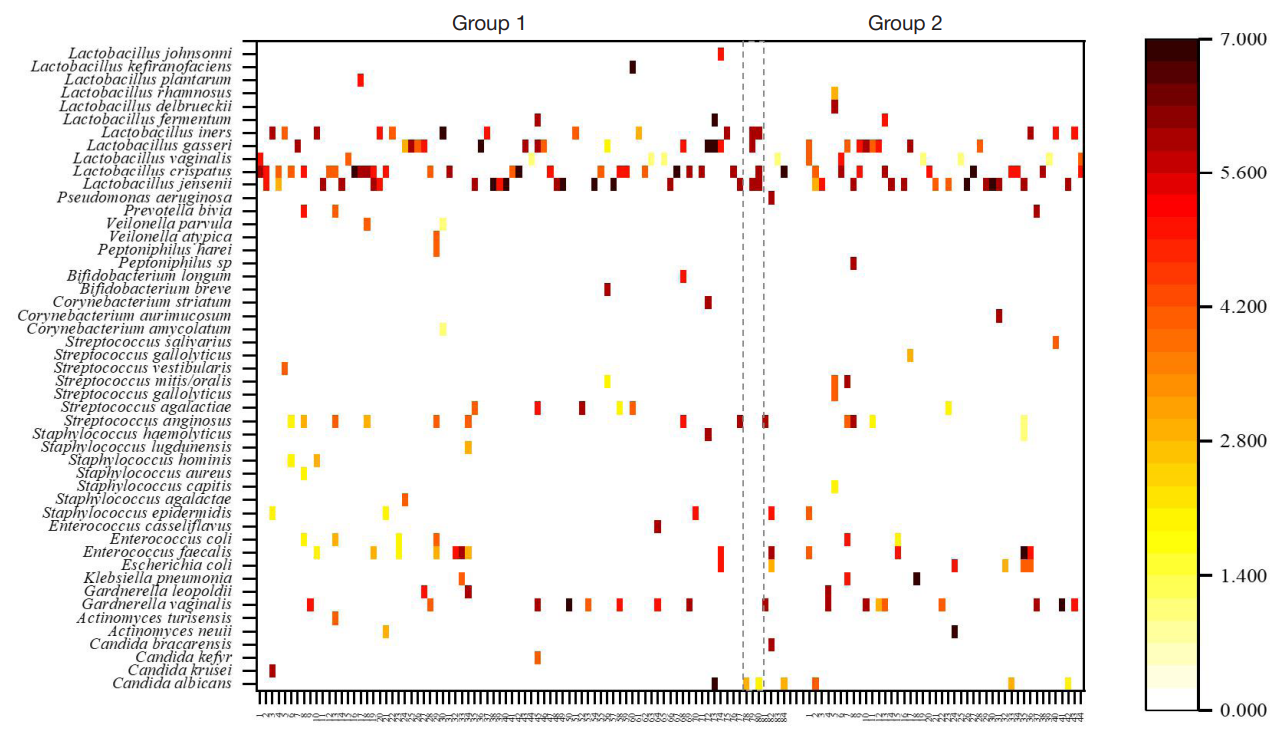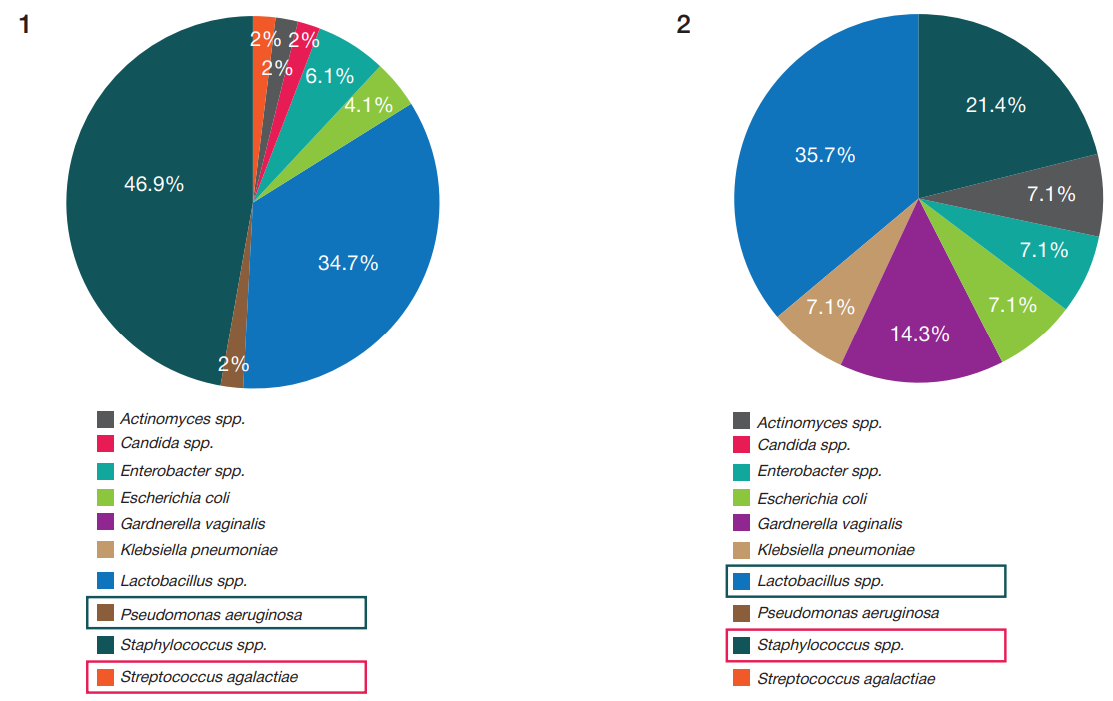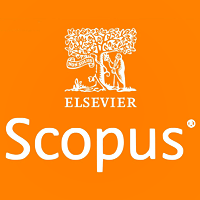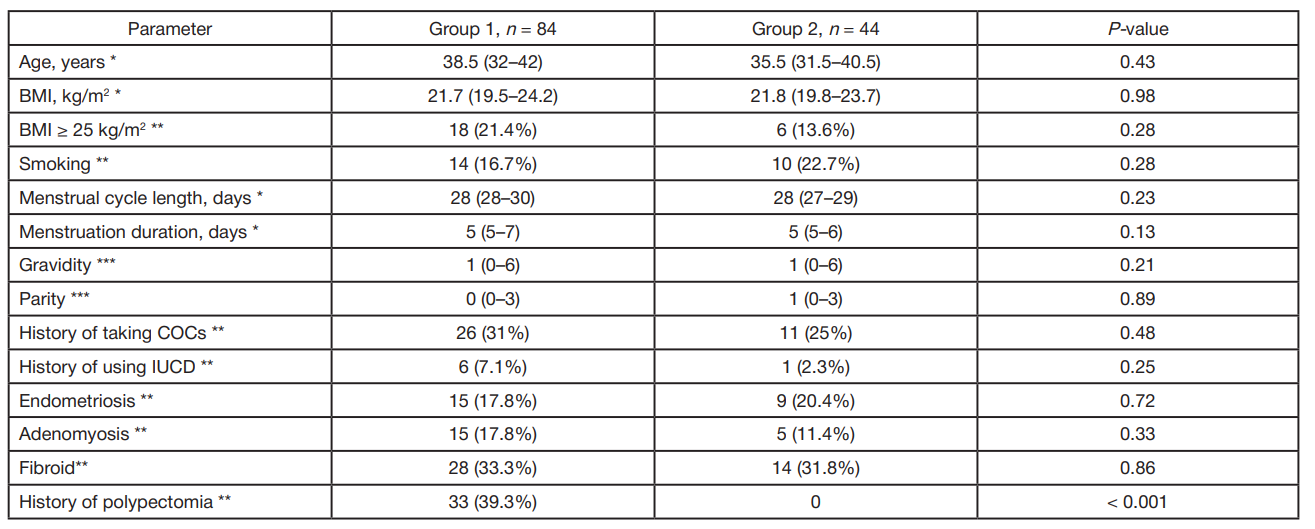
This article is an open access article distributed under the terms and conditions of the Creative Commons Attribution license (CC BY).
ORIGINAL RESEARCH
Features of intrauterine microbiota in patients with endometrial polyps
1 Kulakov National Medical Research Center for Obstetrics, Gynecology and Perinatology, Moscow, Russia
2 Sechenov First Moscow State Medical University (Sechenov University), Moscow, Russia
Correspondence should be addressed: Angelina I. Vanakova
Trubetskaya, 8/2, Moscow, 119991, Russia; moc.liamg@avokanavanilegna
Author contribution: Dolgushina NV — study concept, design; Vanakova AI — data acquisition, manuscript writing; Goncharuk OD, Muravieva VV — laboratory testing; Denisov PA — statistical analysis, visualization; Muravieva VV, Priputnevich TV — data editing.






